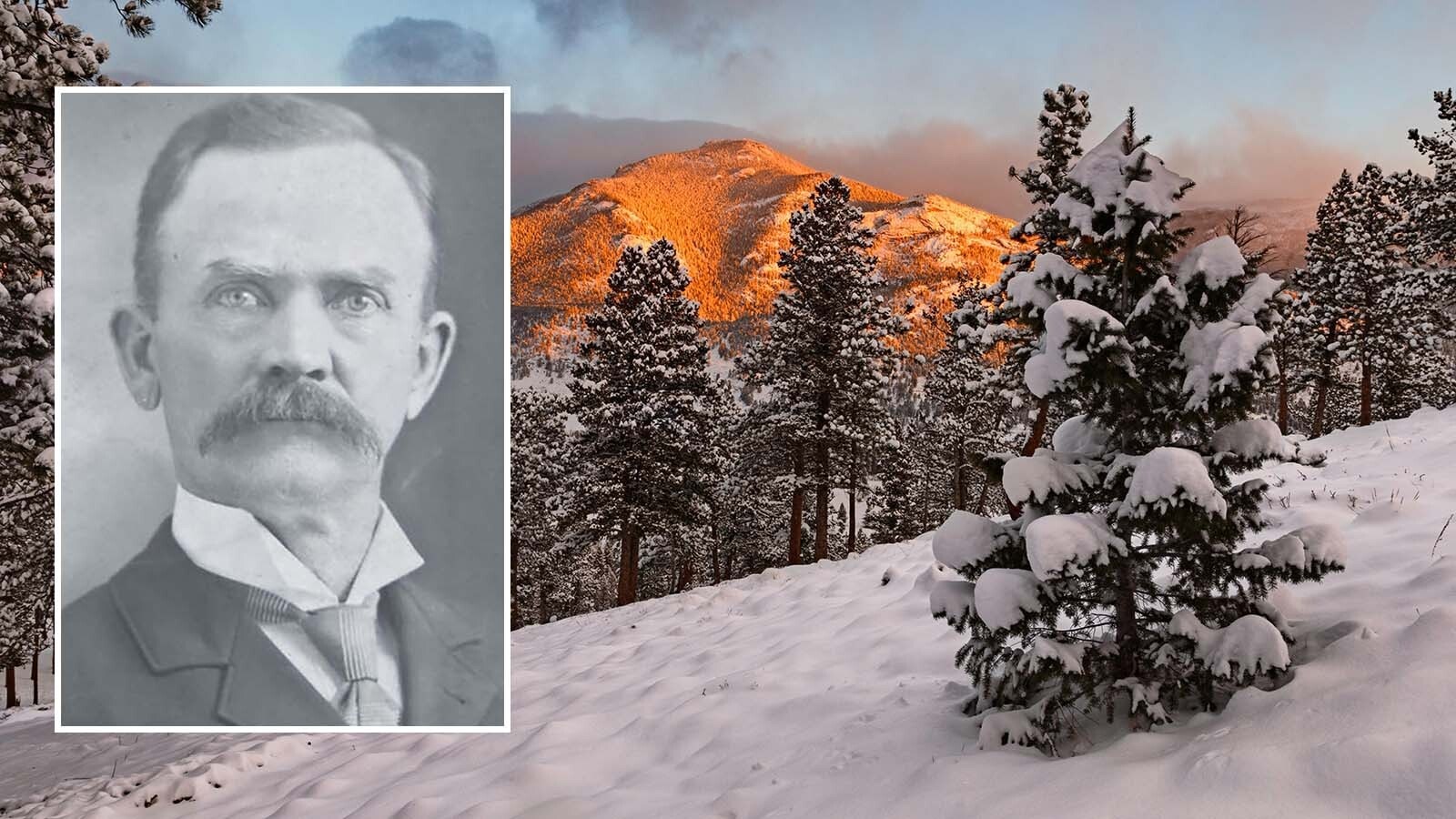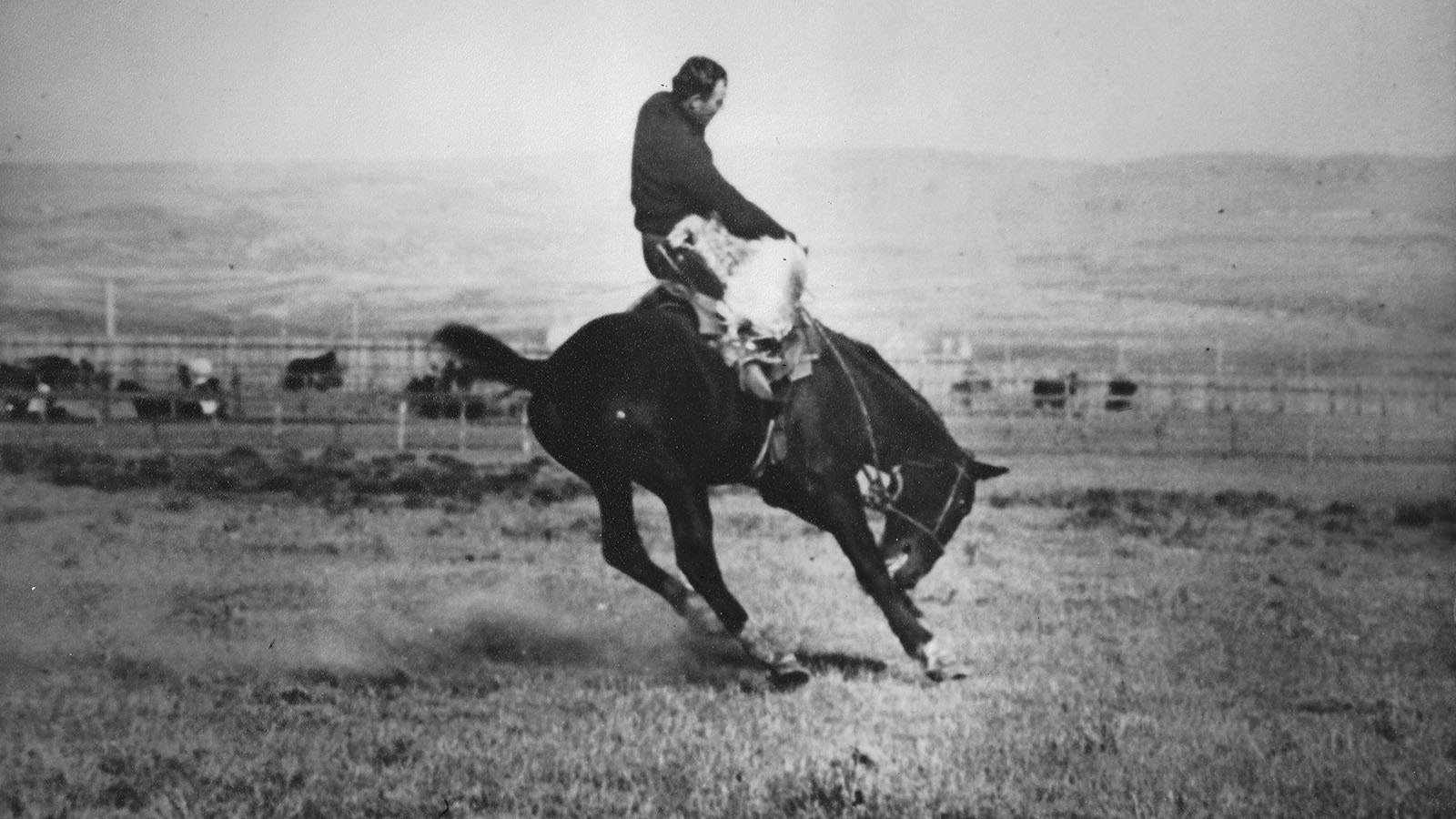Chances are, the name Ned Beale doesn’t roll off your tongue when reciting heroes of the Old West. It should. Beale’s accomplishments are many, and many are unmatched.
Edward “Ned” Fitzgerald Beale was born February 4, 1822, in Washington, D.C. Given his family tree, he was destined to join the Navy, where he served from 1837 until 1851.
As a naval officer, and after retirement, he served his country and five presidents — Andrew Jackson appointed him to what would become the United States Naval Academy; Millard Fillmore named him Superintendent of Indian Affairs for California and Nevada, James Buchanan assigned him to build a road, he was Surveyor General of California under Abraham Lincoln, and Ulysses S. Grant’s ambassador to Austria - Hungary.
Over the years he crossed the continent seven times, mostly on horseback, making six of those trips from the far West within a two-year period.
Beale was aboard ship under Commodore Robert Field Stockton during the Bear Flag Revolt in California and was sent east from San Diego to locate General Stephen W. Kearny marching to the coast across the deserts with his troops to assume command.
When Beale found the general, some 40 miles inland, he had sent most of his troops north to deal with a Navajo uprising, keeping only about 100 soldiers and Kit Carson to subdue California.
At San Pasqual, Mexican troops attacked and after bloody fight, pinned the surviving Americans down atop a hill, surrounded them, and held siege.
Beale, Carson, and an Indian guide named Chemuctah volunteered to sneak past the Mexican lines, travel to San Diego, and bring help from Stockton.
Through the night the three men crawled and crept within inches of sentries. With discovery so close, they emptied their canteens to avoid sloshing and removed their boots.
Beale and Carson made the 25-mile trip to the coast barefoot through rocks, thorns, and cactus. The men parted along the way, believing a man alone had better odds of making it. All three made it, and Kearny’s forces were rescued.
There was no rest for Beale and Carson, as they were dispatched to Washington D.C., to inform the government of the situation in California.
Back in California, Beale was again sent to the nation’s capital, this time carrying a letter verifying that gold had been discovered. He donned a disguise, mounted up, and traveled south to cross through Mexico in secret, carrying the letter and a sample of California gold.
Beale was summoned yet again to Washington, this time by President Millard Fillmore, who named him Superintendent of Indian Affairs for California and Nevada.
But there was more. On his way west, he was to lead surveyors in finding a route for a transcontinental railroad through Colorado and Utah to Los Angeles.
Later still, he was assigned by President James Buchanan to survey and build a wagon road from Fort Defiance in New Mexico across a thousand miles of arid deserts and mountains to the California border.
Beale wrote, “It is the shortest route from our western frontier by 300 miles, being nearly directly west. It is the most level . . . It is temperate in climate, passing for the most part over an elevated region . . . It is well-grassed . . . It is passable alike in winter and summer.”
Beale’s Wagon Road, as it came to be known, was used as a livestock trail, by freighters, and by emigrants. The famed Route 66, Interstate 40, and the Santa Fe Railway follow, more or less, the road Beale surveyed and built.
A side note: During road construction, Beale used camels left over from the Army’s experiment in Texas, and found the 25 dromedaries more than up to the job. When he built his 270,000-acre Tejon Ranch, near Bakersfield in California, he kept camels as well as cattle.
Beale requested a commission to serve in the Civil War, but President Abraham Lincoln instead appointed him Surveyor General of California. He was called again, this time by President Ulysses Grant, to serve as Minister to Austria-Hungary.
Edward “Ned” Fitzgerald Beale died in Washington D.C. April 22, 1893. Despite his unparalleled life as a frontiersman he does not get the recognition in our history books he deserves.
R. B. Miller can be reached at writerRodMiller@gmail.com





